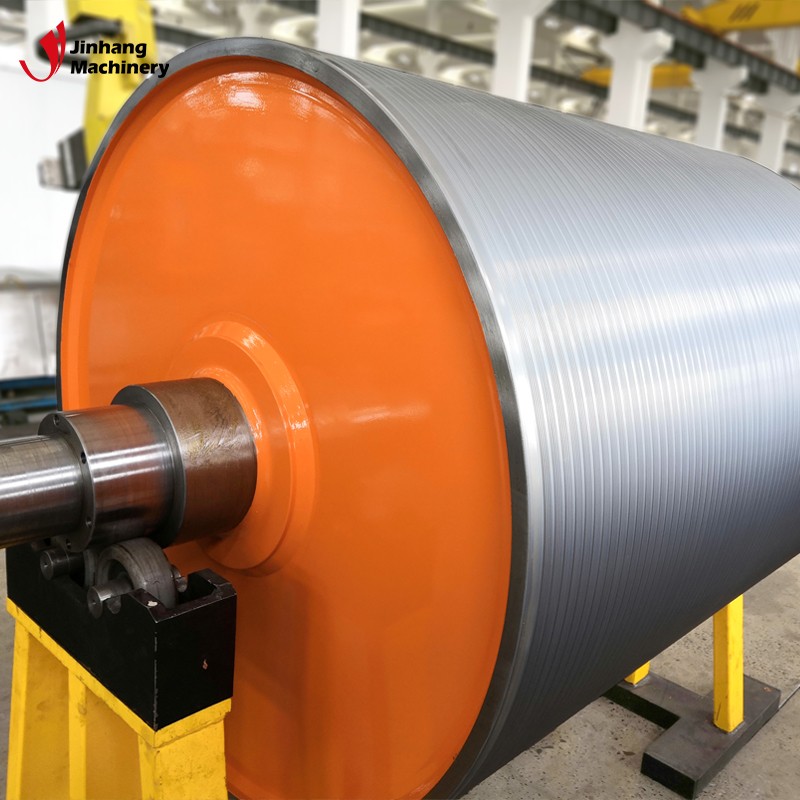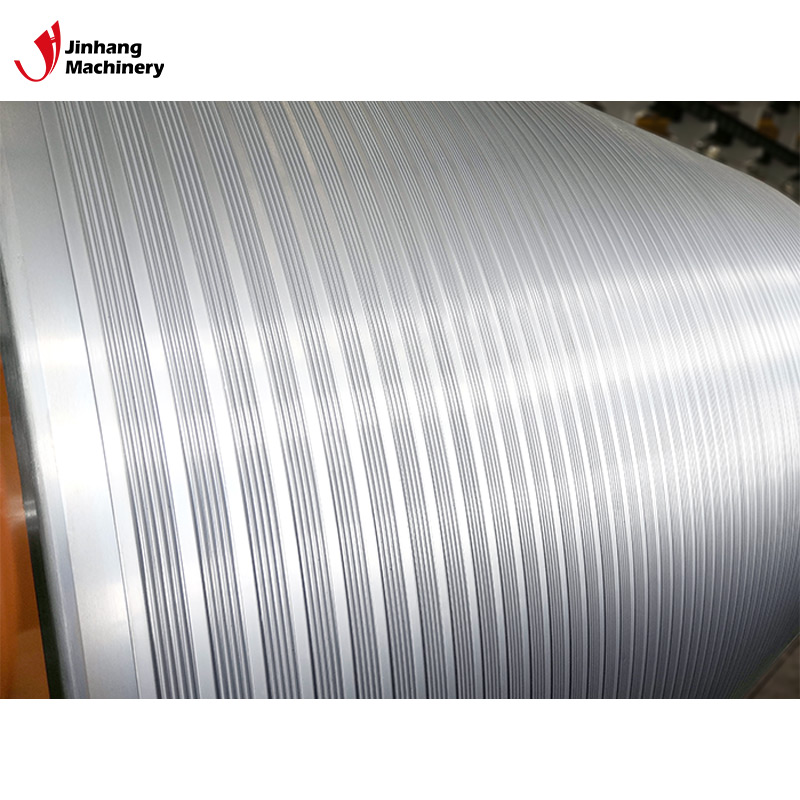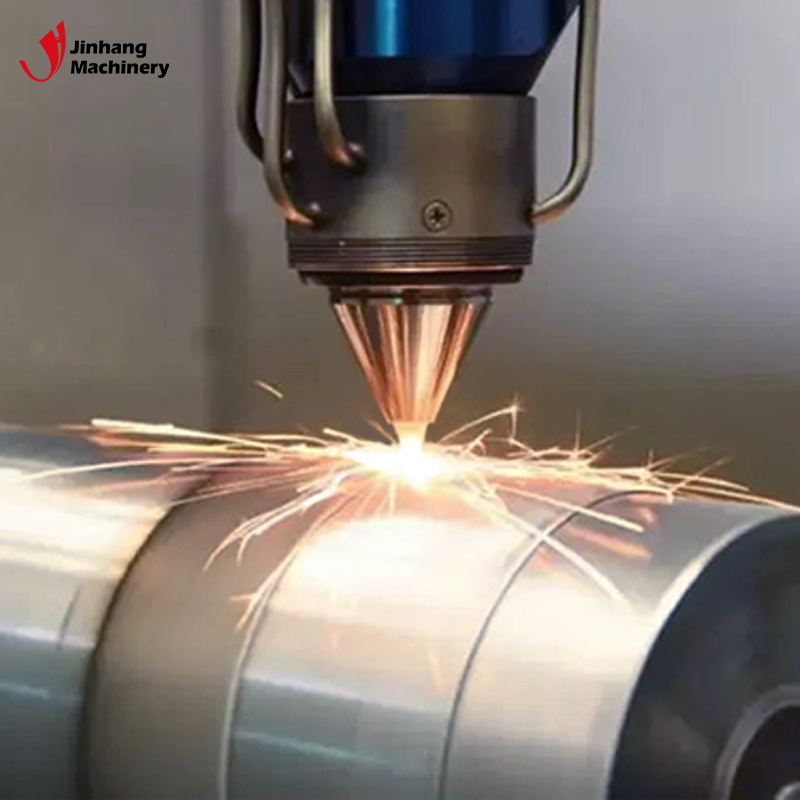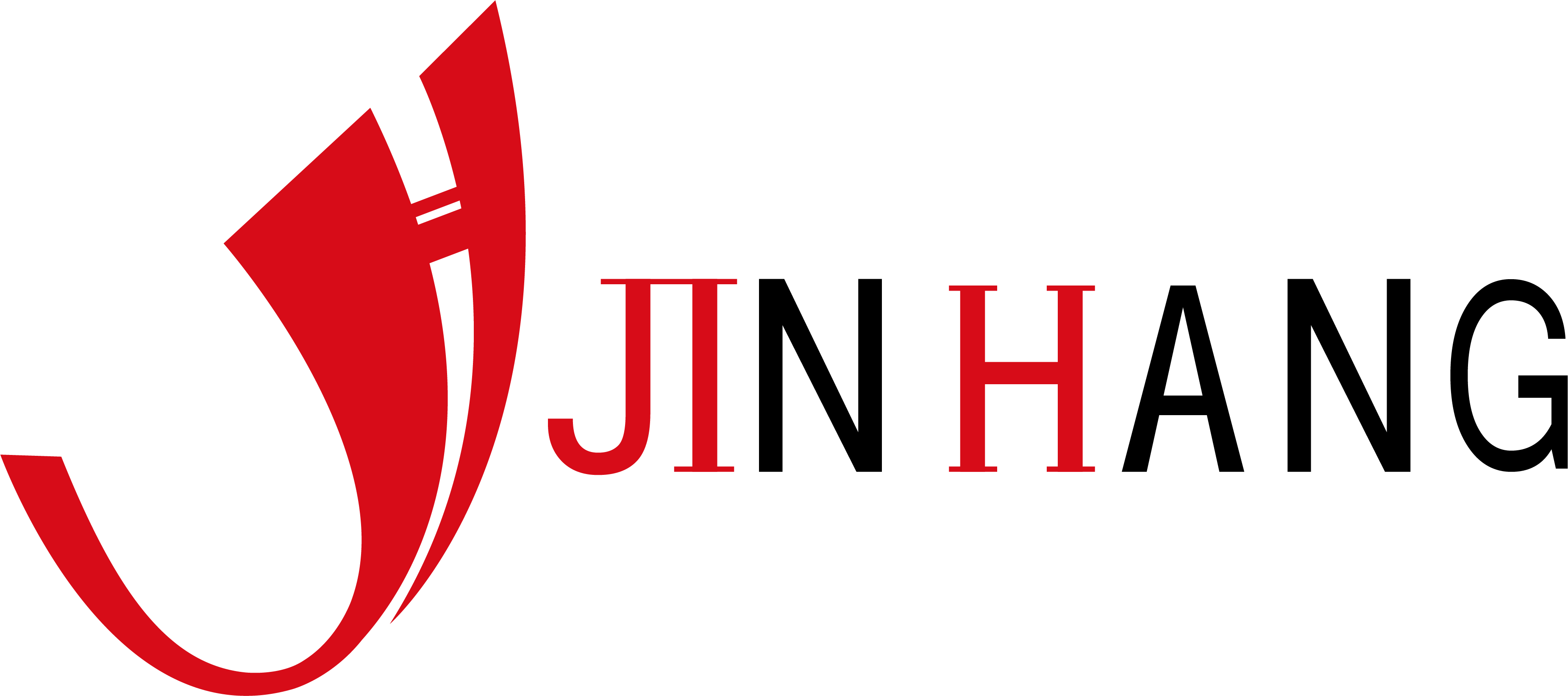How to remove oxides from the chrome layer of industrial chrome-plated rollers?
Industrial chrome-plated rollers are widely used in printing, coating, calendering and other process flows in the manufacturing industry. The chrome layer on its surface gives the roller excellent wear resistance and corrosion resistance. However, although the chrome layer itself has good protective properties, oxides may still gradually accumulate on its surface during long-term use. The presence of oxides will not only affect the surface finish of the chrome-plated roller, but may also weaken its functional performance, thereby affecting production efficiency. Therefore, timely and effective removal of oxides on the chrome layer of chrome-plated rollers is a key step to ensure the normal operation of the equipment.

What causes the formation of oxides?
Although the chrome layer has strong antioxidant properties, oxidation reactions may still occur on the chrome-plated surface under certain conditions, such as high temperature, high humidity or chemical environment. These conditions are not uncommon in industrial production. For example, during high-temperature production, oxygen in the air reacts with the chrome layer to generate oxides such as chromium oxide. In addition, certain chemicals used in production may also accelerate the oxidation process.
What effects do oxides have on chrome-plated rollers?
The presence of oxides on the surface of the chrome layer can cause a series of problems. First, oxides will change the surface finish of chrome-plated rollers, leading to unevenness in processes such as printing or coating, affecting the quality of the final product. Second, the accumulation of oxides may cause changes in the microstructure of the chrome-plated layer surface, thereby reducing its wear resistance and corrosion resistance, and further shortening the service life of chrome-plated rollers.
What are the common methods for removing oxides from chrome-plated rollers?
There are a variety of effective removal methods for oxides on the surface of industrial chrome-plated rollers. The following methods are widely used in industry, each with its own advantages and disadvantages, and can be selected according to specific circumstances.
Mechanical polishing method
Mechanical polishing is to remove oxides from the surface of chrome-plated rollers through mechanical force. This method is simple to operate and can quickly remove surface oxides and restore the finish of the roller.
● Steps: First, select suitable polishing equipment and abrasives (such as aluminum oxide polishing powder), and adjust the polishing parameters according to the size of the roller and the thickness of the oxide. During operation, install the roller on the polishing machine and apply uniform force to polish its surface until the oxide is completely removed.
● Advantages: Mechanical polishing removes oxides quickly and effectively, and can immediately restore the surface state of the chrome-plated roller.
● Disadvantages: If the operation is improper, it may cause damage to the chrome plating layer or uneven thickness, affecting the long-term performance of the roller. Therefore, special attention should be paid to controlling the polishing force and time during operation to avoid excessive wear.
Chemical cleaning method
The chemical cleaning method uses acidic or alkaline chemical solutions to react chemically with oxides to dissolve and remove them.
● Steps: According to the type of oxide and the characteristics of the chrome plating layer, select an appropriate chemical cleaning agent (such as dilute sulfuric acid or hydrochloric acid solution). Immerse the chrome-plated roller in the cleaning solution. After a period of time, take out the roller and rinse it thoroughly with clean water to remove the residual chemicals.
● Advantages: The chemical cleaning method can effectively remove oxides that are difficult to remove, and has little effect on the physical form of the roller. It is suitable for processing rollers with complex surfaces.
● Disadvantages: Chemical cleaning agents may have a certain corrosive effect on the chrome plating layer, and the waste liquid treatment during the cleaning process needs to comply with environmental protection regulations to prevent environmental pollution. In addition, operators need to wear protective equipment to prevent chemicals from causing harm to the body.

Electrochemical removal method
The electrochemical removal method is to reduce or dissolve the oxides through electrolytic reaction, thereby removing the oxides on the surface of the chrome-plated layer.
● Steps: Use the chrome-plated roller as one of the electrodes in the electrolytic cell, select a suitable electrolyte solution (such as dilute hydrochloric acid solution), and after power is turned on, adjust the current and voltage to make the surface oxide undergo an electrochemical reaction, thereby dissolving or reducing it.
● Advantages: The electrochemical removal method can achieve precise control, has a good effect of removing oxides, and has less damage to the chrome-plated layer. It is suitable for chrome-plated rollers with high surface requirements.
● Disadvantages: This method has high equipment costs and complex operations, and requires professional personnel to operate and maintain. In addition, the gas and solution residues generated during the electrolysis process also need to be properly handled to avoid environmental pollution.
Laser cleaning method
The laser cleaning method uses a high-energy laser beam to directly irradiate the oxide, causing it to quickly heat up, expand and vaporize, thereby achieving a cleaning effect.
● Steps: Use a high-power laser to adjust the energy density and scanning speed of the laser beam so that it acts accurately on the oxide layer. During the cleaning process, the laser beam will remove the oxide layer by layer until the surface is restored to a smooth surface.
● Advantages: The laser cleaning method is a non-contact operation, and the cleaning process will not cause mechanical damage to the chrome-plated layer. It has high cleaning accuracy and can treat local stubborn oxides. In addition, laser cleaning has no chemical residue and is environmentally friendly.
● Disadvantages: The laser equipment is expensive and has high requirements for operating technology. It is not suitable for the rapid removal of large areas or thick oxides.
Ultrasonic cleaning method
The ultrasonic cleaning method uses high-frequency sound waves to produce cavitation effects in the liquid, forming tiny bubbles that burst, thereby removing oxides on the surface of the chrome-plated layer.
● Steps: Immerse the chrome-plated roller in the cleaning liquid of the ultrasonic cleaning machine (usually a water-based cleaning liquid or solvent), start the ultrasonic device, and the tiny bubbles in the cleaning liquid are continuously generated and burst on the surface of the roller, thereby achieving a cleaning effect.
● Advantages: The ultrasonic cleaning method can penetrate into the tiny depressions on the surface of the roller and remove oxides that are difficult to reach with traditional methods. It causes less physical damage to the chrome-plated layer, and the cleaning process is relatively fast.
● Disadvantages: Ultrasonic cleaning is suitable for removing lighter oxides or dirt. For thicker or stronger oxide layers, the effect may not be as significant as mechanical or chemical methods. In addition, the selection and use of ultrasonic cleaning machines also require professional knowledge.

How to choose the right deoxidation method?
It is crucial to choose the right deoxidation method for different chrome rollers and oxide types. The following factors should be considered in the selection process:
Thickness and properties of oxides
If the oxide layer is thin and mainly surface dirt or slight oxidation, ultrasonic cleaning or chemical cleaning methods can be given priority. For thick or stubborn oxide layers, mechanical polishing or laser cleaning may be more effective.
Characteristics of chrome plating
Different chrome plating layers have different thicknesses, hardnesses, and chemical stability. For thin or fragile chrome plating layers, polishing methods that may cause mechanical damage should be avoided, and electrochemical or chemical cleaning should be preferred. For thicker chrome plating layers, mechanical polishing or laser cleaning is a more reliable choice.
Equipment conditions and operating requirements
When choosing a deoxidation method, enterprises also need to consider the existing equipment conditions and operating technology levels. For example, laser cleaning and electrochemical removal methods have high requirements for equipment and operating technology, and are suitable for enterprises with corresponding technical reserves. Ultrasonic cleaning and chemical cleaning are relatively simple to operate and are suitable for most enterprises.
Environmental protection and safety factors
When considering the deoxidation method, environmental protection and safety are also factors that cannot be ignored. Chemical cleaning methods require attention to the selection of chemicals and waste liquid treatment to avoid pollution to the environment. Laser and electrochemical methods require attention to safety protection during operation to avoid harm to operators.
